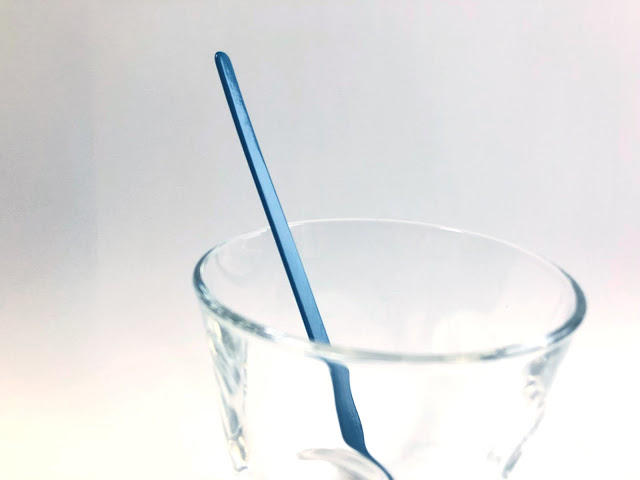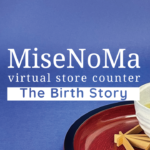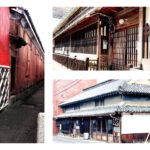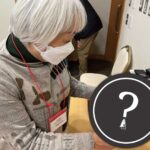
Wouldn’t you think it is quite important for you to know difference between “silk” and “rayon” ?
One is natural material and the other is synthetic. Each fabric has different functions so you can not say one is better than the other. However, one is more luxury than the other in general. So we pick the items with these information in our head. “Which is more suitable for me and the occasion? Also possibly within my budget.”
You probably laughed reading the first paragraph. You might have thought “Who can not tell if it is silk or rayon !?”
But, what would if it were Traditional Crafts or Art of foreign country?
Can you tell the material and judge your purchase with the right knowledge?
The picture shown below is one of my favorite stir stick. Isn’t it beautiful? Would you buy this? If yes, Why?

The blue stick in the picture above is a piece of wood painted with something. Can you tell what?
It is painted with URUSHI the Japanese lacquer. The paint is made from Japanese sumac (lacquer) tree. When it is liquid, it is poison for some people that some gets bad allergic reaction.
However, once it is solidified, it is no harm for human. It gets as hard as 160-180 N/mm2. The material painted with URUSHI gets extra durability. Some of wooden boxes are made a hundred years ago are still brought to craftsmen to restore its tipped parts or faded color, in Japan. It means if you treat the item correctly, it lasts generations after generations.
WHen, URUSHI is solidified, it becomes resistant to heat and waterproof. Therefore, for the longest time, Japanese people used URUSHI painted tableware especially for soup bowls and chopsticks.
I fell in love with this stir stick, not because its color but also functions of URUSHI. Micro plastic has been one of latest issues for our planet and our body. When I met this URUSHI stir stick, I thought this could be one of my solution.
For your better choice, we introduce and explain crafts and culture behind them here.
“about Japanese crafts and culture” is one of our news & blog category. In this category, we try our best to provide information about traditional crafts we curate.
Hoping that not only our articles help you to judge when you are shopping, but also it gives you “a conversational topic” when you are socializing.
Now you can tell your company about function of URUSHI-wear at fine Japanese restaurants which uses them.
Thank you for reading till the end. If you liked what you have just read, please subscribe our news letter.






Comments by satoko